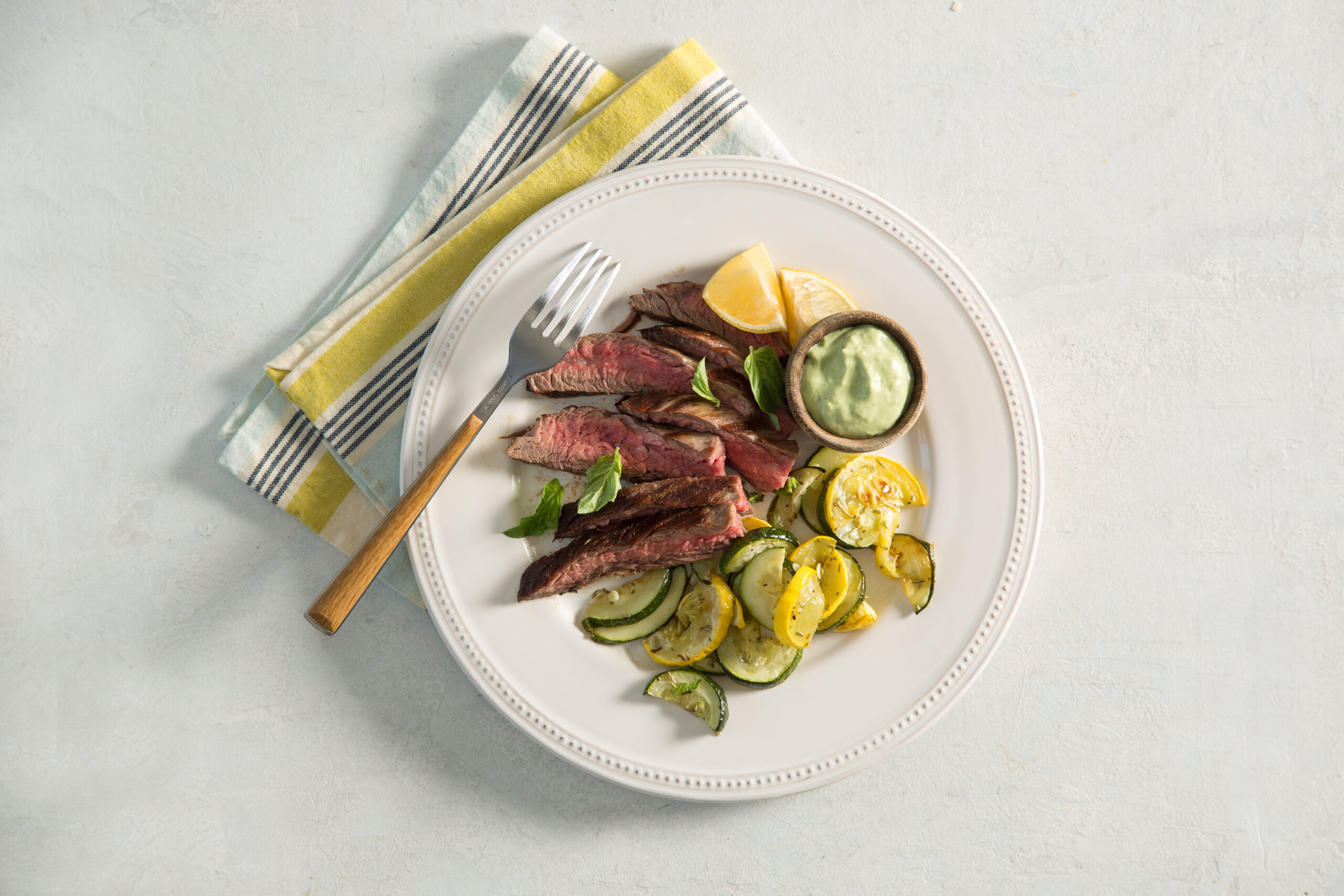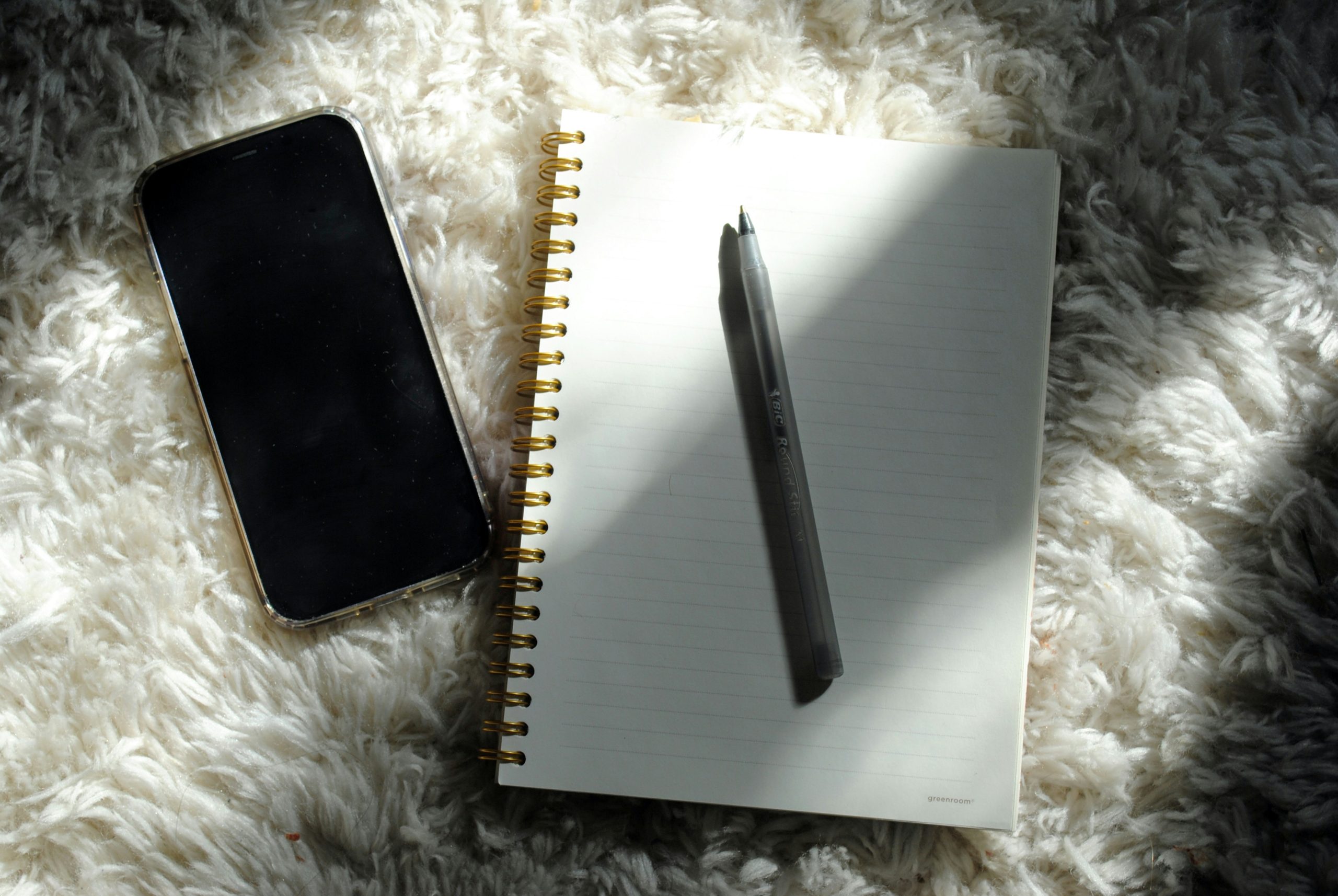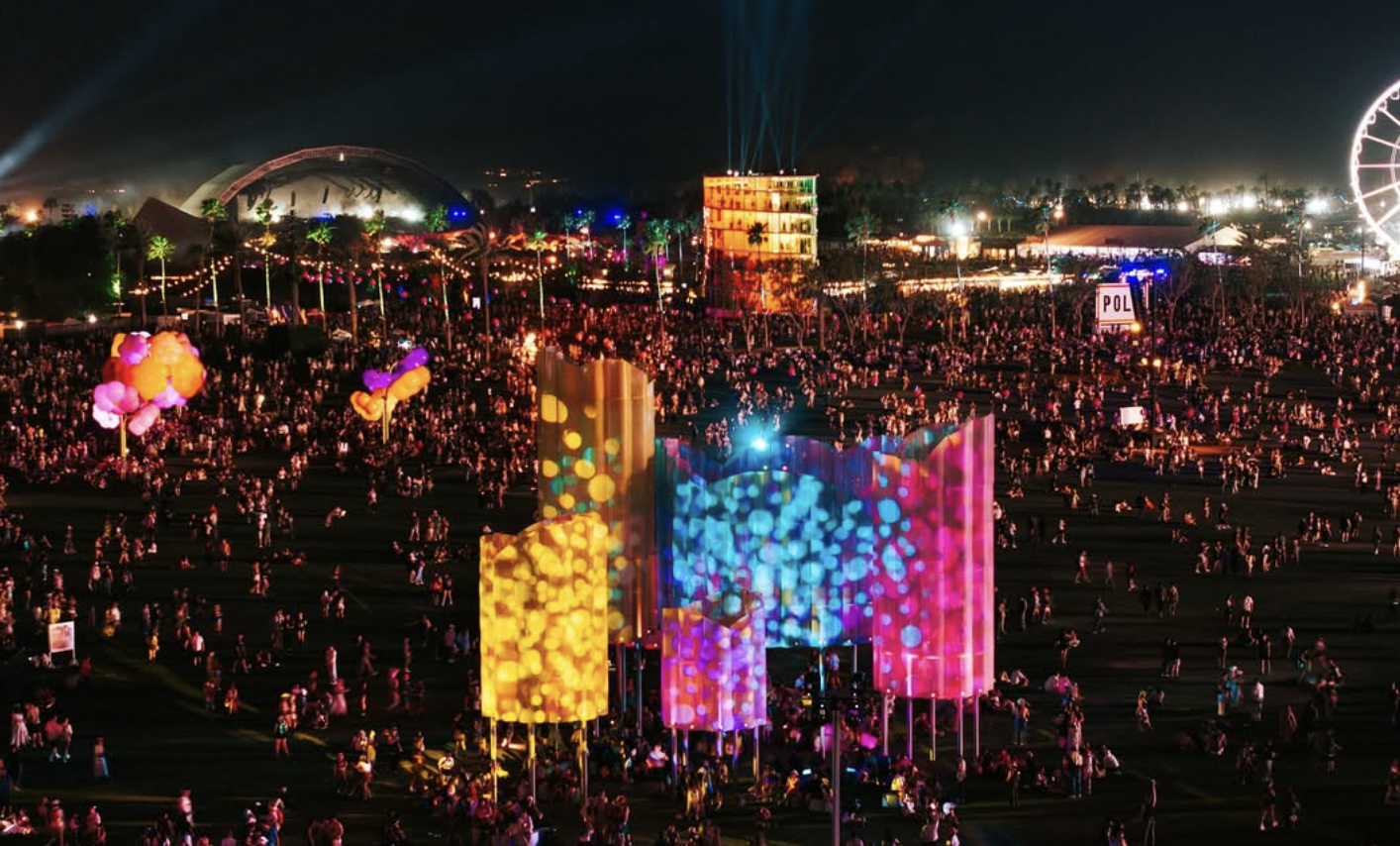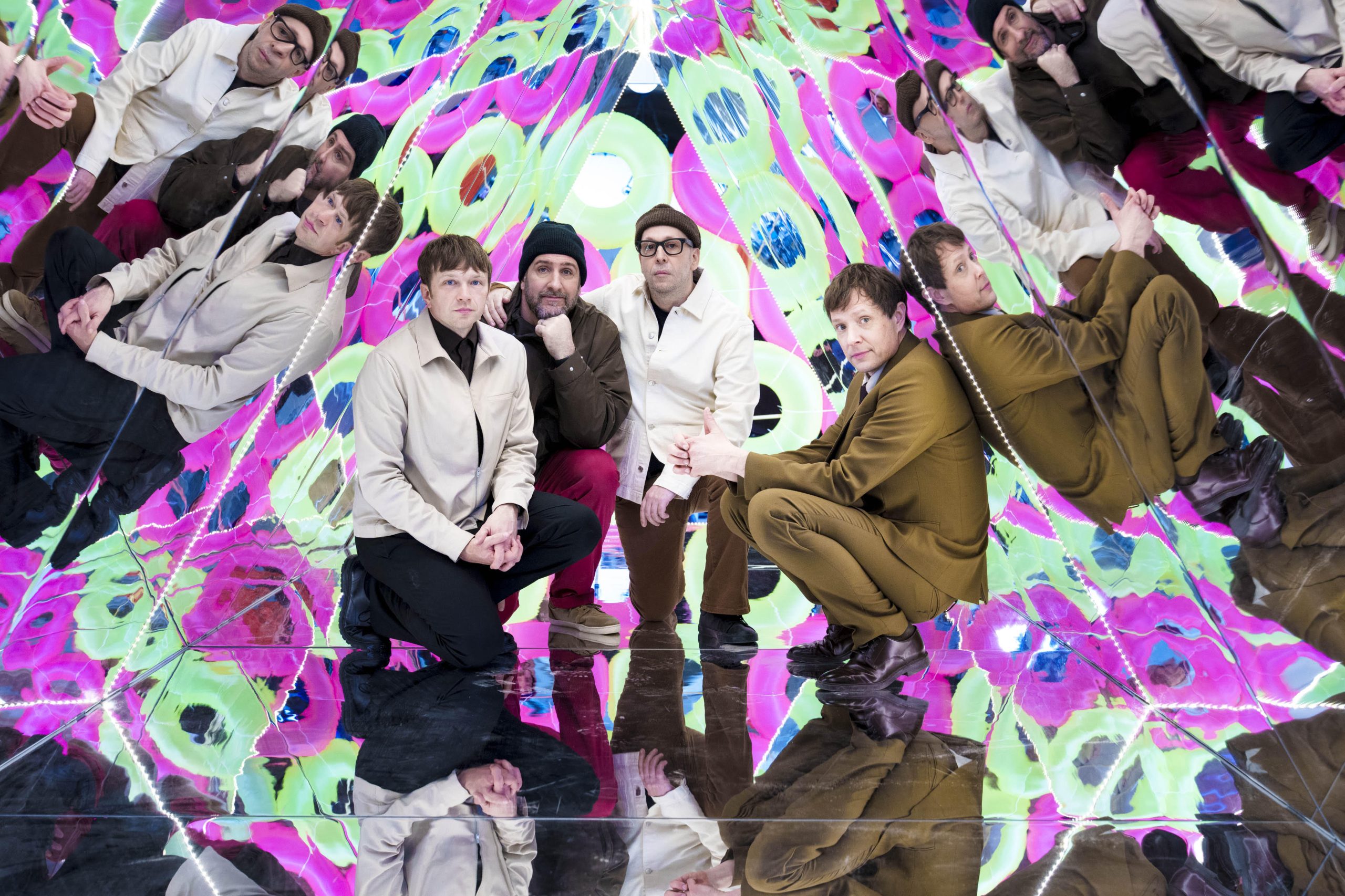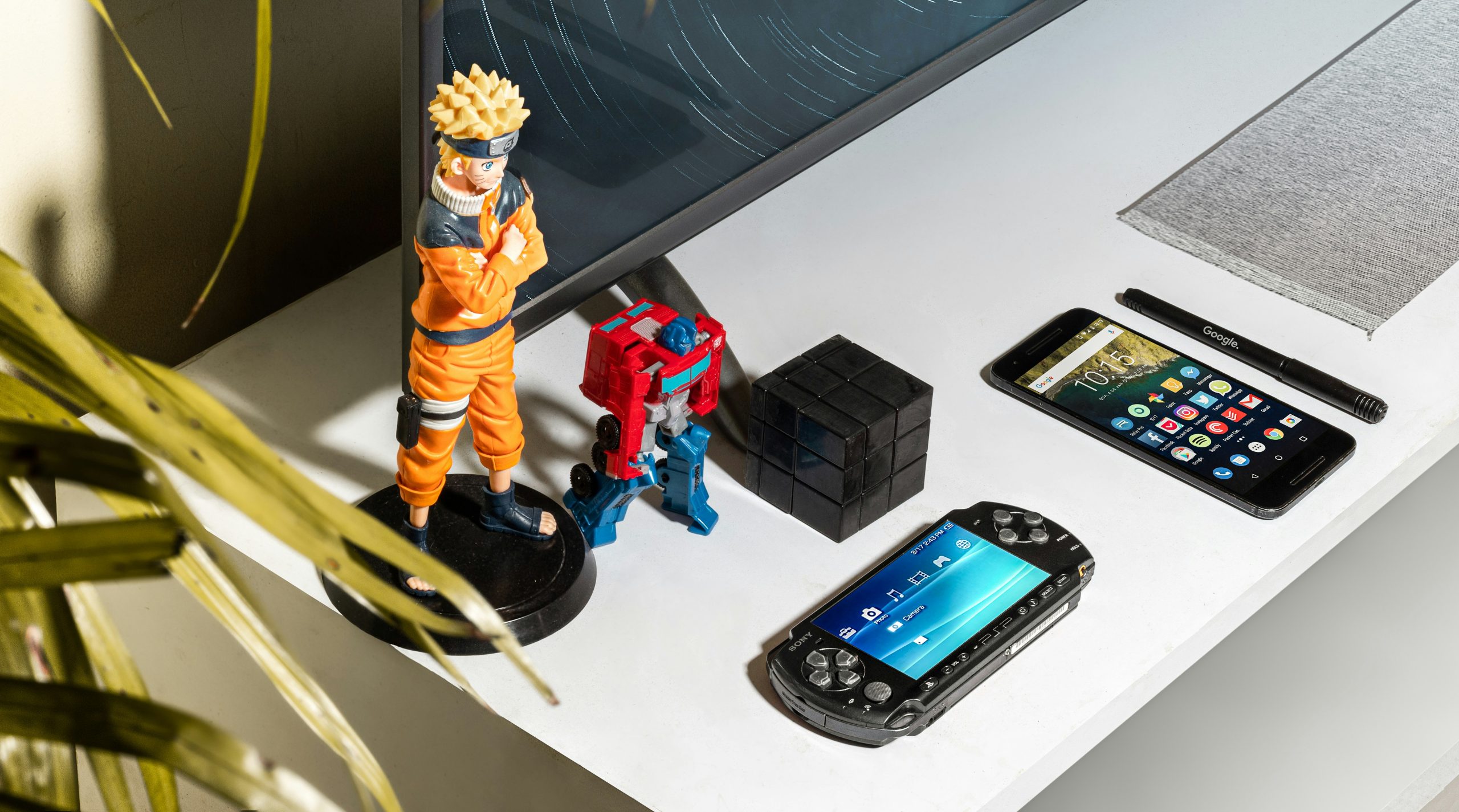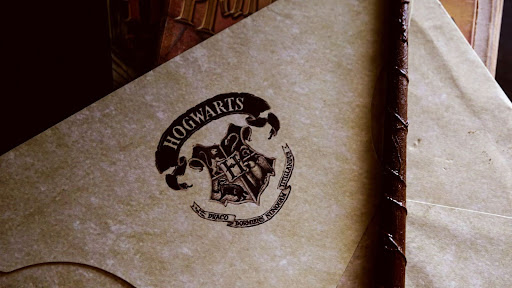Popular
Why Your Digital Photo Album Is Lowkey a Pop Culture Time Capsule
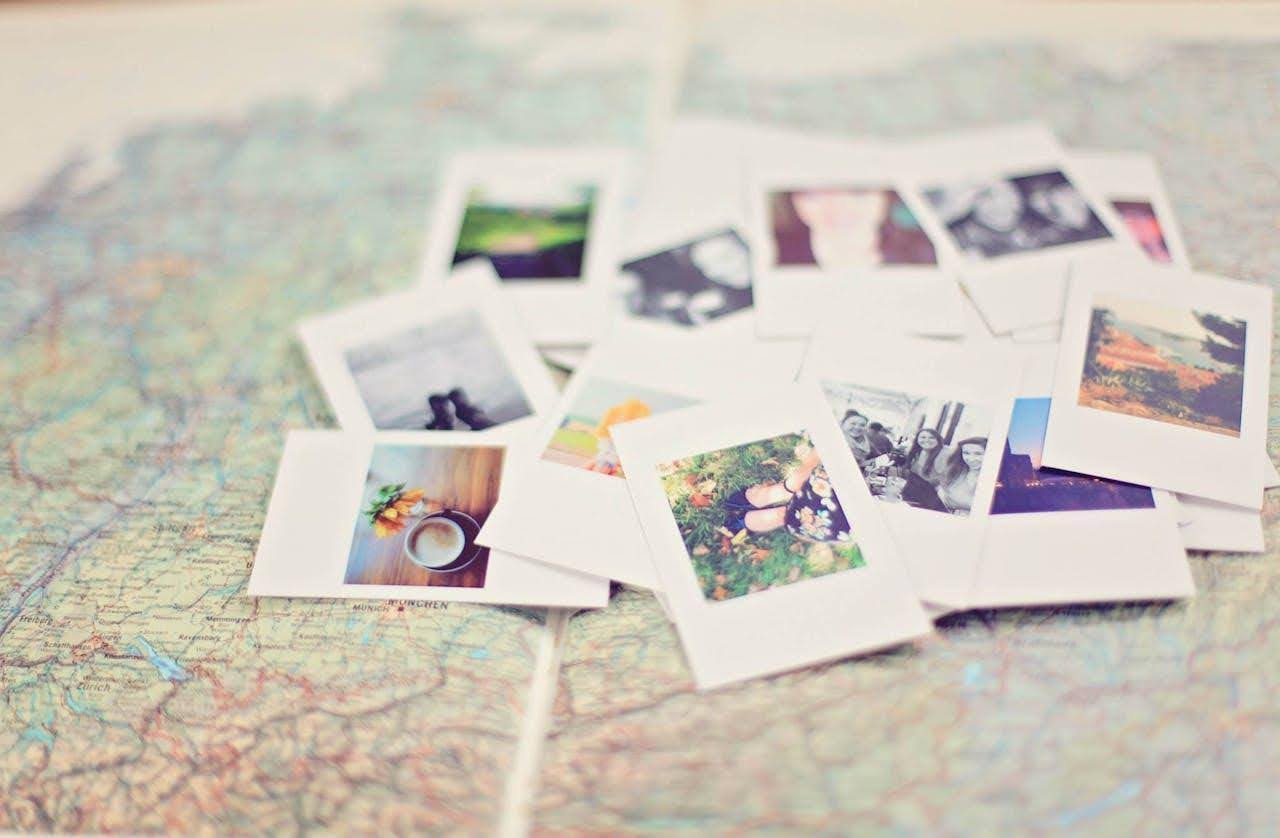
We tend to think of digital photo albums as personal spaces. If you really think about it, they’re like virtual shoeboxes stuffed with vacation shots, blurry selfies, and the occasional dinner plate we swore looked better in person. However, here’s the thing: once you scroll far enough back, you’ll realize your camera roll isn’t just a stream of memories; it’s a pop culture time capsule. Yes, you heard that right: your digital photo album. The one with the concert clips you never rewatch and 47 almost identical photos of your dog mid-yawn. Don’t believe us just yet? Let’s dive into all the reasons why your digital photo album is lowkey a pop culture time capsule and what you can do to make it even more memorable.
The Outfits That Gave It All Away
Remember when everyone wore shutter shades like Kanye? Or when high-waisted jeans made a comeback so fierce that we collectively forgot low-rise ever existed? Those fashion choices weren’t just fleeting decisions or falsely manufactured TikTok trends that disappeared a week later; they were a staple of that time. Today, we have these “clean girls” like Matilda Djerf, with their aesthetic, minimalistic makeup, and decor, and tomorrow, who knows what cottage-core, gothcore, and officecore will be popular? Your old mirror selfies, brunch pics, and group shots at rooftop bars are a visual archive of what the world thought was cool at that exact moment. Your clothes in those pictures tell a story about a specific moment in time; you just have to look for it. So, look in the background at the chunky white sneakers and the hydro flasks covered in stickers. Once you look closely, you’ll notice the influence of pop culture bleeds through every pixel, even when you’re not trying.
Background Details That Hit Hard
Let’s dig even deeper: what’s behind you in those old photos? Are there posters on the wall? Is that an old iPhone in your hand or the specific shade of Starbucks holiday cups in your cup holder? These background elements, often so easy to overlook, can instantly pull you back to a particular cultural moment. There’s something oddly powerful about realizing that the iPod Nano you’re holding in a 2009 beach pic is now a full-blown relic.
It’s not just the tech. Moreover, it’s the restaurants that no longer exist, the apps whose logos have since changed, and the interface of Snapchat before it turned into whatever it is now. You may not have realized it, but you accidentally documented an evolution of digital and physical culture just by living through it.
The Poses and Filters Phase
Another deeper dive into your photo archive will also reveal just how influenced we all were by what was trending online. For instance, most of us have been infected by the peace-sign-and-duck-face era. Then came the exaggerated candid laugh while someone pretends to tell a joke. And, finally, who could forget the peak Instagram era where every photo needed to look like it came out of a Wes Anderson movie with overexposed skies, perfect symmetry, and VSCO filters doing the most?
It might sound funny, but the way we edit our photos is its own cultural artifact. Early Instagram filters like “Valencia” and “Toaster” say just as much about the 2010s as any Billboard Top 40 hit. We were all chasing the aesthetics we saw online, shaped by the reigning “It” girls, influencers, and trend cycles quietly telling us what beauty and “effortless” cool were supposed to look like.
The Evolution of the Selfie
Let’s talk about selfies. Selfie evolution alone could fill a sociology textbook: from webcam shots on Photo Booth to over-processed MySpace angles to today’s 0.5 ultra-wide front cam chaos, we’ve been on a journey. Each selfie era carries with it the influence of the platforms we use. For instance, Snapchat gave us dog ears and face swaps. On the other hand, Instagram brought the “soft glam” face beat, and TikTok introduced Gen Z’s hyper-aware, painfully authentic front-facing rants and videos. While you might find it painful to go through all those filters and faces, your selfie evolution maps to broader social media trends, almost like geological layers, a perfect pop culture time capsule.
Aesthetics & Digital Nostalgia
Pop culture isn’t just shaped by what’s trending now; it’s also built on nostalgia. Blurry prom pics, disposable camera snaps from Y2K house parties, vacation albums featuring flip phones, and emo bangs – all of it tells a story. More and more, people are revisiting those printed memories and giving them new life online. Whether it’s for preservation, sharing with friends, or turning them into curated Instagram carousels, the analog past is getting a digital glow-up. Platforms like Capture are making that easier by digitizing old photos, film reels, VHS tapes, and more. This way, Capture is turning forgotten keepsakes into high-quality digital files so that your past isn’t just boxed up—it becomes a living part of the story you’re still telling.
Music and Events That Shaped the Moment
Sometimes, the timestamps on your photos line up with major pop culture events in a way that feels a little spooky. You might have taken a selfie in a Beyoncé concert crowd the same weekend Lemonade dropped. Or you’re posing in Coachella gear the year flower crowns hit critical mass. Look closely, and those photos become proof you were living through the hype.
Moreover, what about screenshots of Spotify playlists or song lyrics posted on Instagram stories? Those, too, are breadcrumbs. They mark what songs were shaping your emotional life, what albums defined your road trips, and what artists you were obsessed with before they became mainstream (or just as they were fading out). You may not have realized it at the time, but your camera roll was quietly recording the soundtrack of your life and the cultural mood that came with it.
Why This Actually Matters
Now, you might be thinking, “Cool, so my photo album’s nostalgic. So what?” But there’s something genuinely valuable about realizing your digital photo album isn’t just yours to admire. These photos capture a moment in time; they’re a shared memory. In other words, these albums are visible proof of what we all lived through, even if we experienced it differently.
One day, your niece or child may ask what it was like living through the early days of Instagram or during the pandemic, and you’ll have the receipts. Your photos don’t just show what you looked like; they show what we all looked like, what we cared about, what we celebrated, and, lastly, what we mourned. They also serve as a reminder of how quickly culture shifts. What felt like the pinnacle of aesthetic cool five years ago now feels like a niche inside joke. And no matter how you feel now, that’s not cringe; it’s history.
Final Thoughts
Next time you’re stuck in a waiting room or avoiding doing the dishes, scroll back through your photos. Not just to reminisce but to recognize how much context is hidden in plain sight. Those images tell a story of how the world changed through fashion, technology, media, and the way we framed our lives for an audience. Your digital photo album is low-key a pop culture time capsule, whether you plan for it or not. In the end, culture isn’t just what happens in headlines or on red carpets. Instead, it’s in our pockets, our posts, and, yes, our photo albums.

